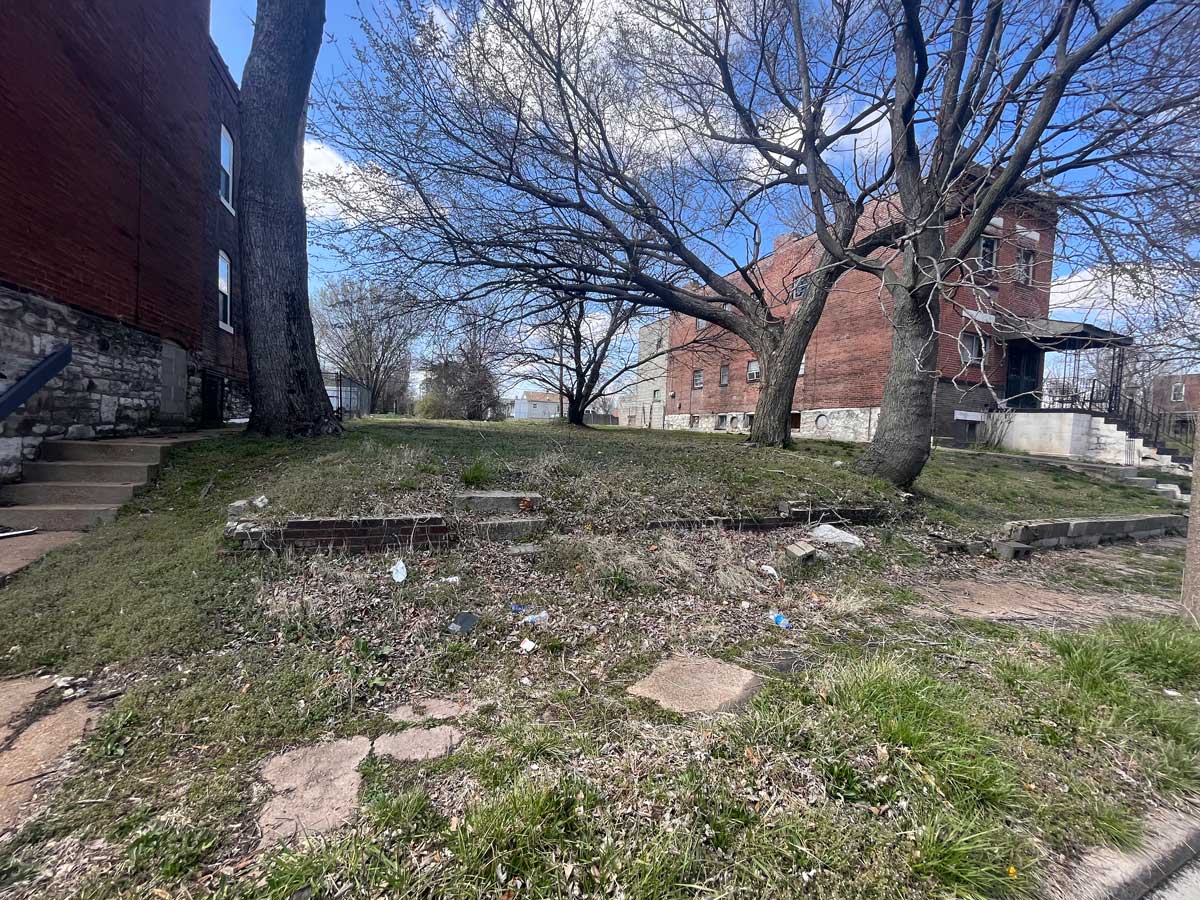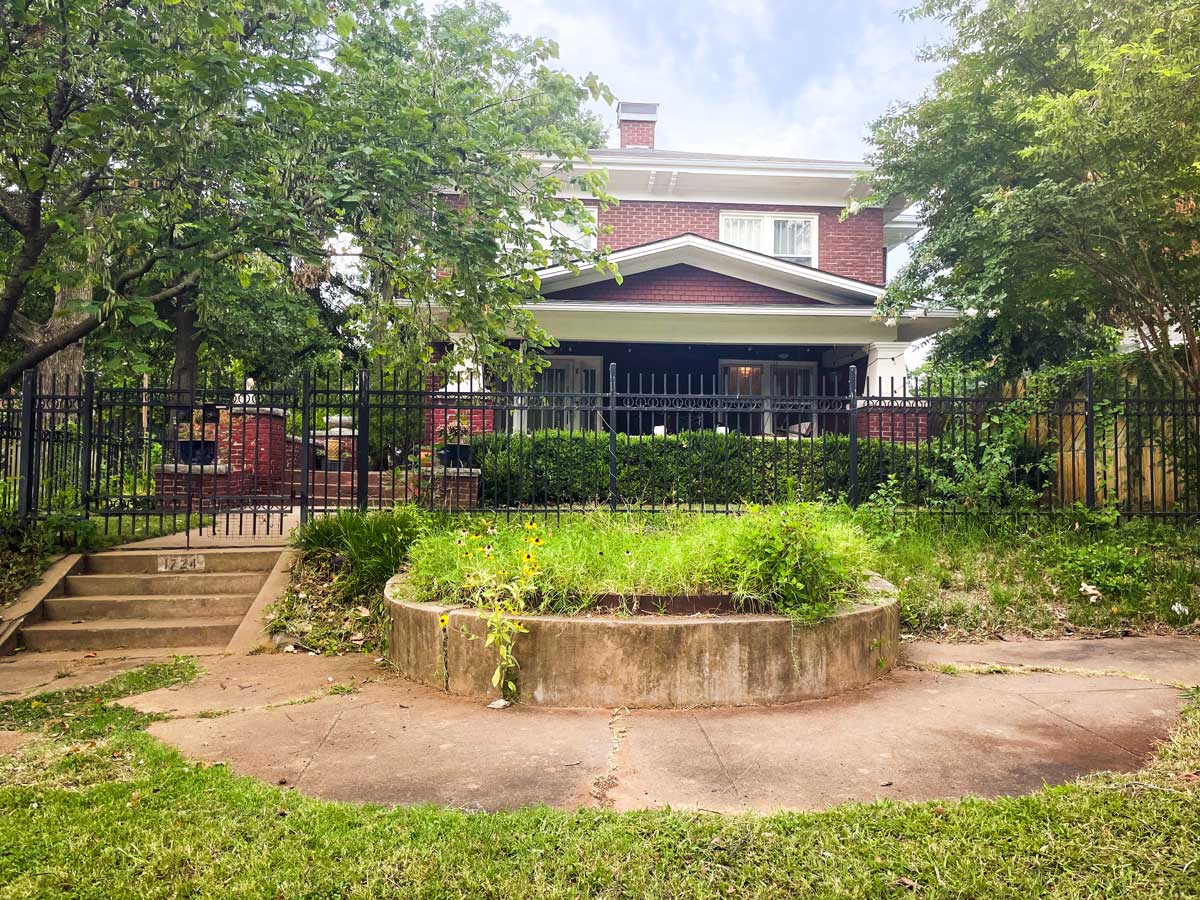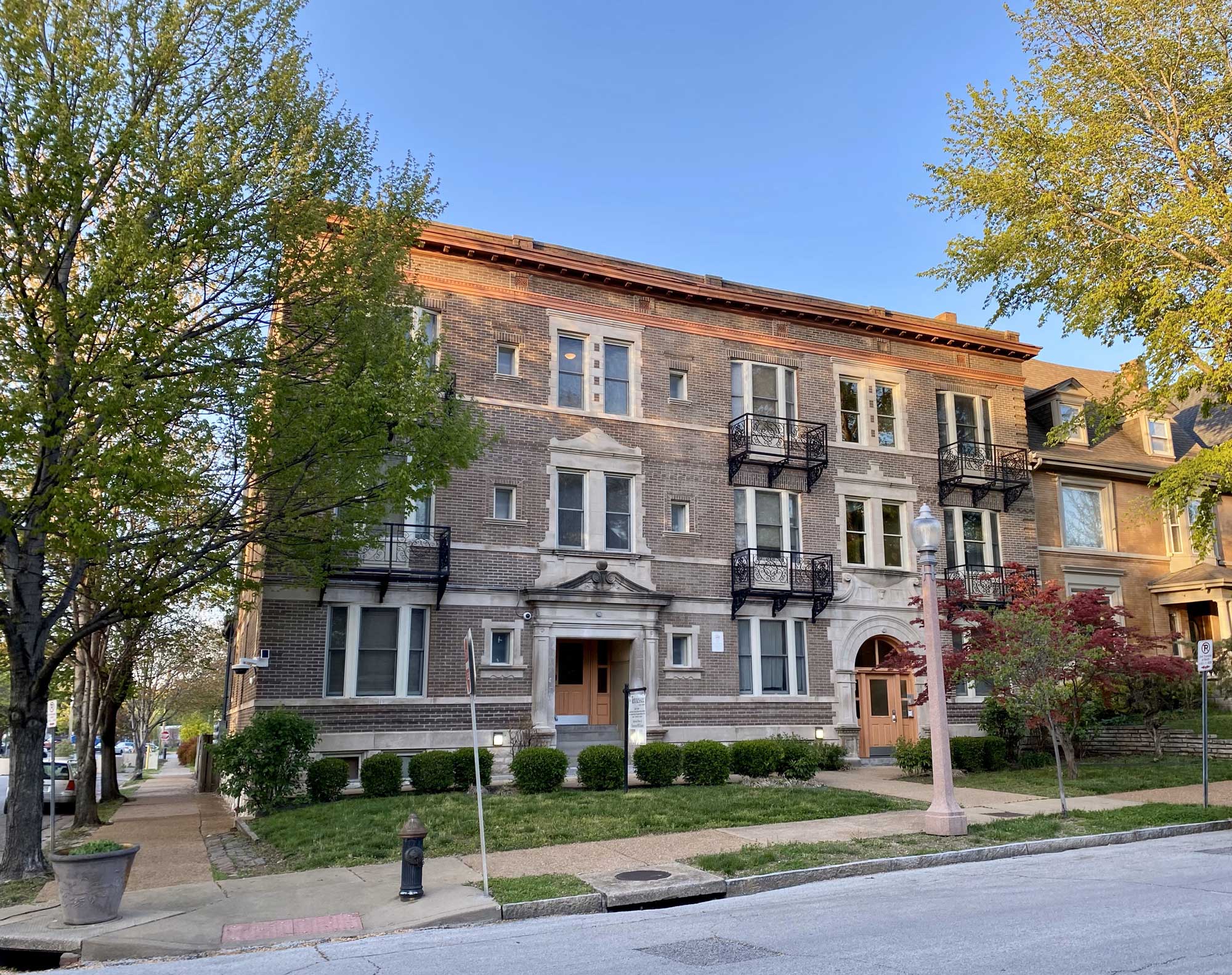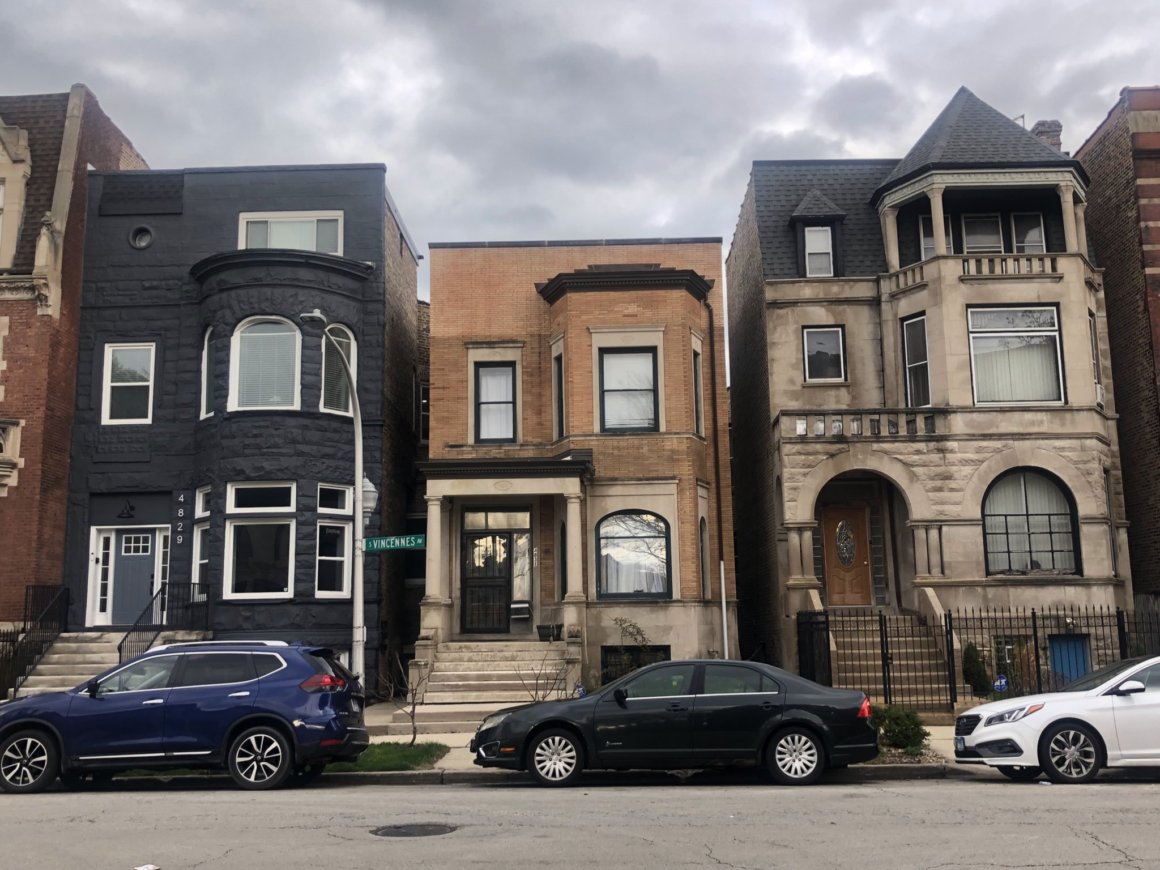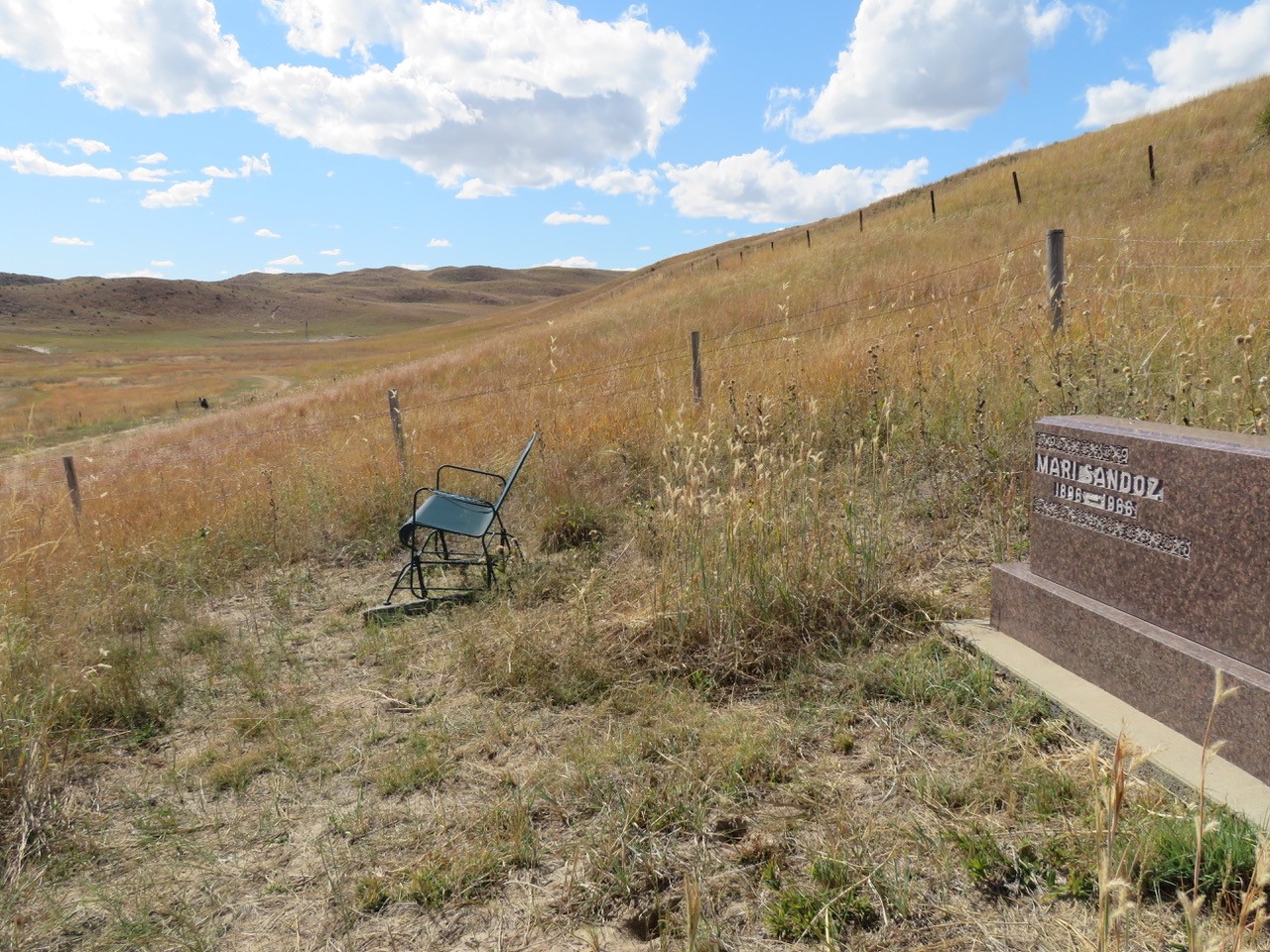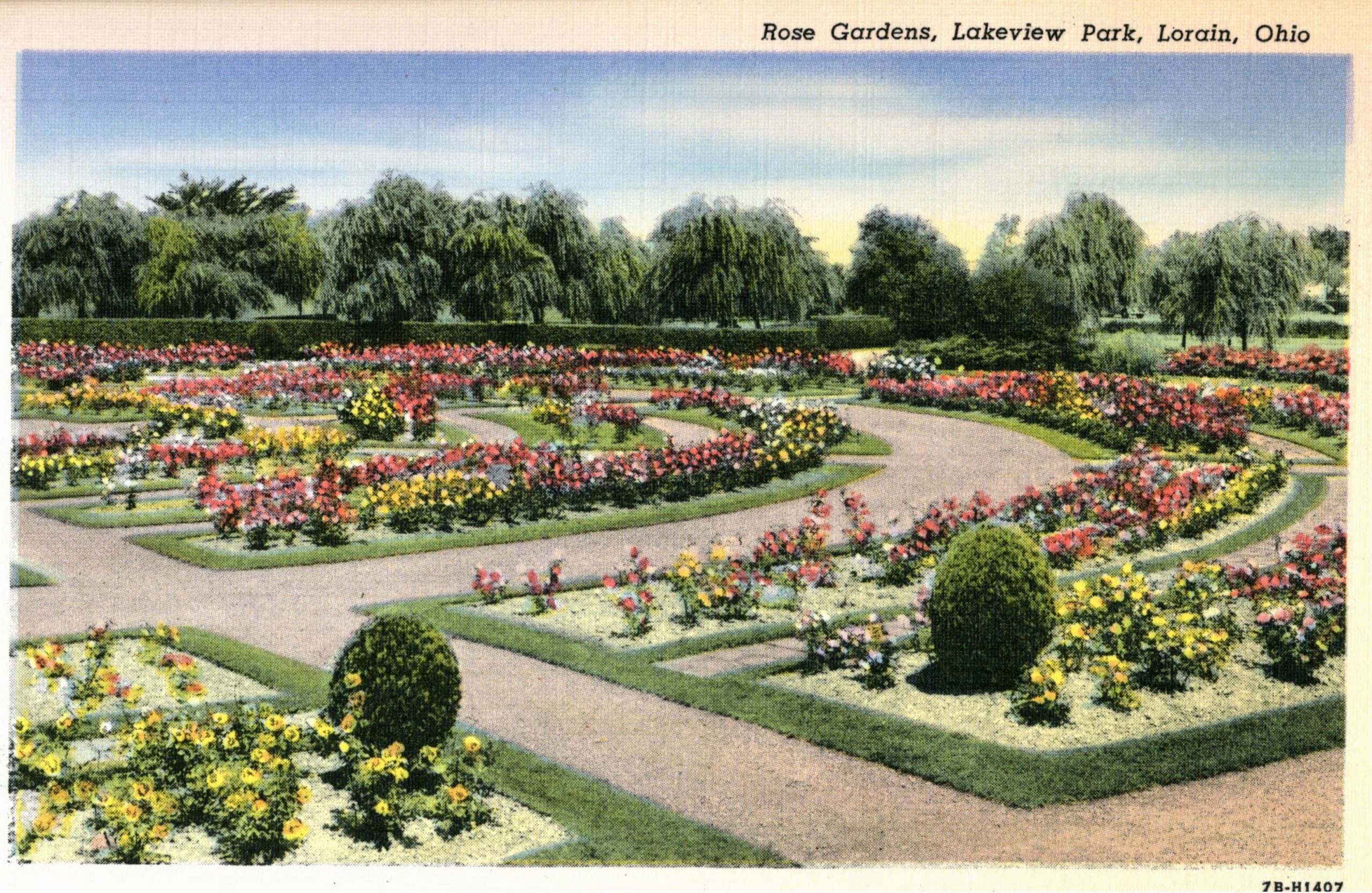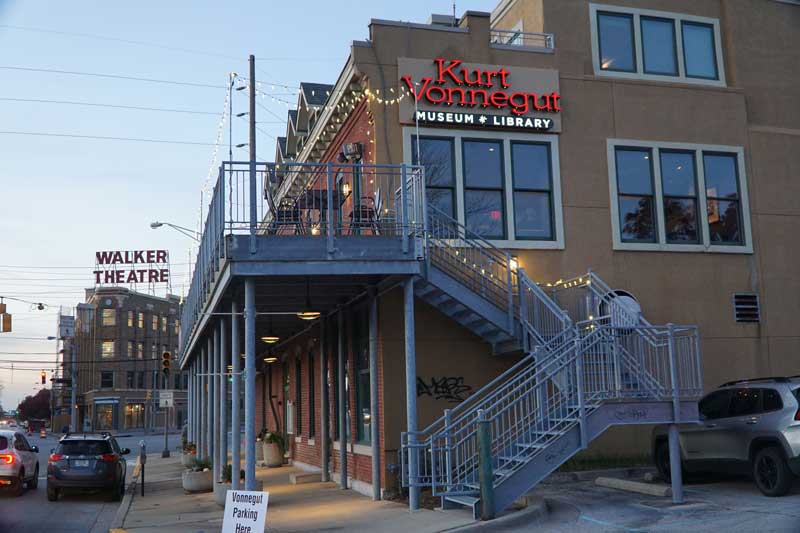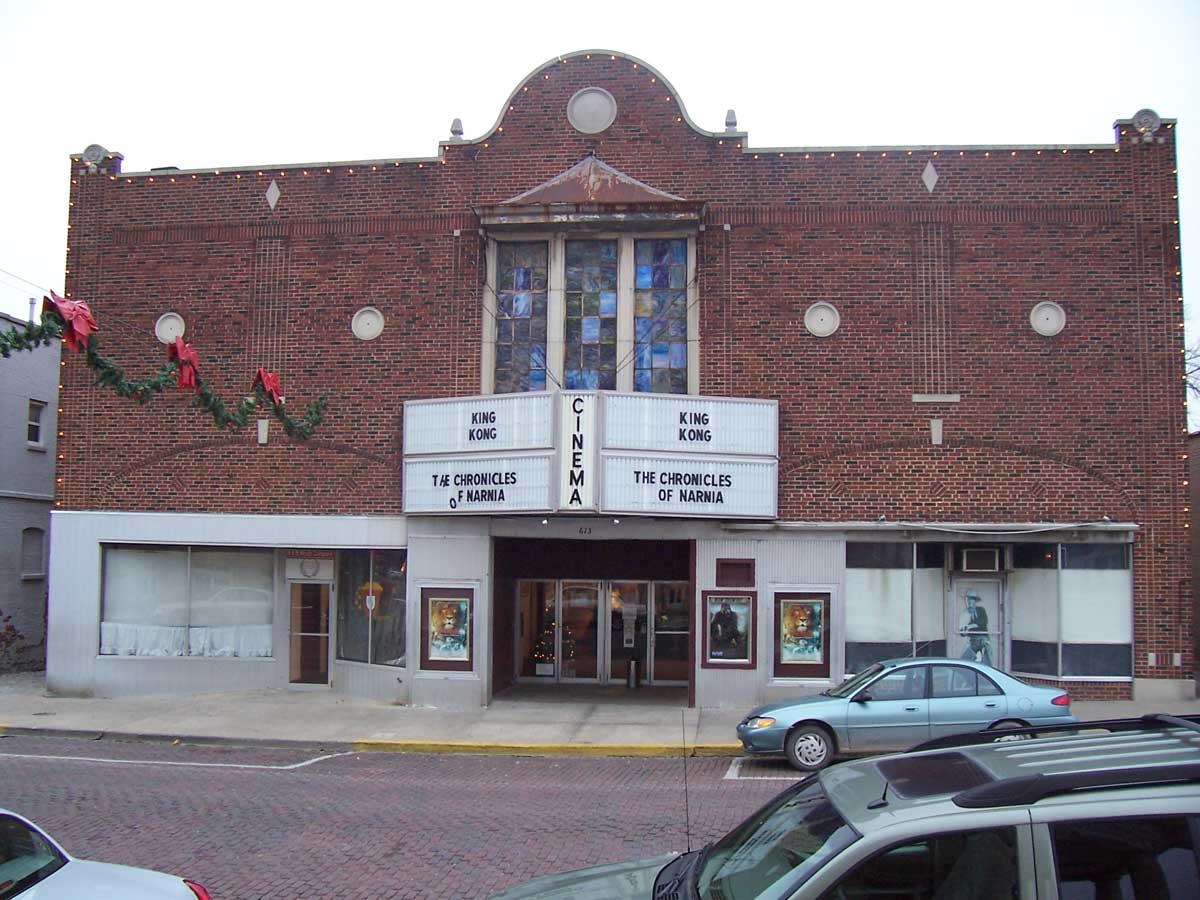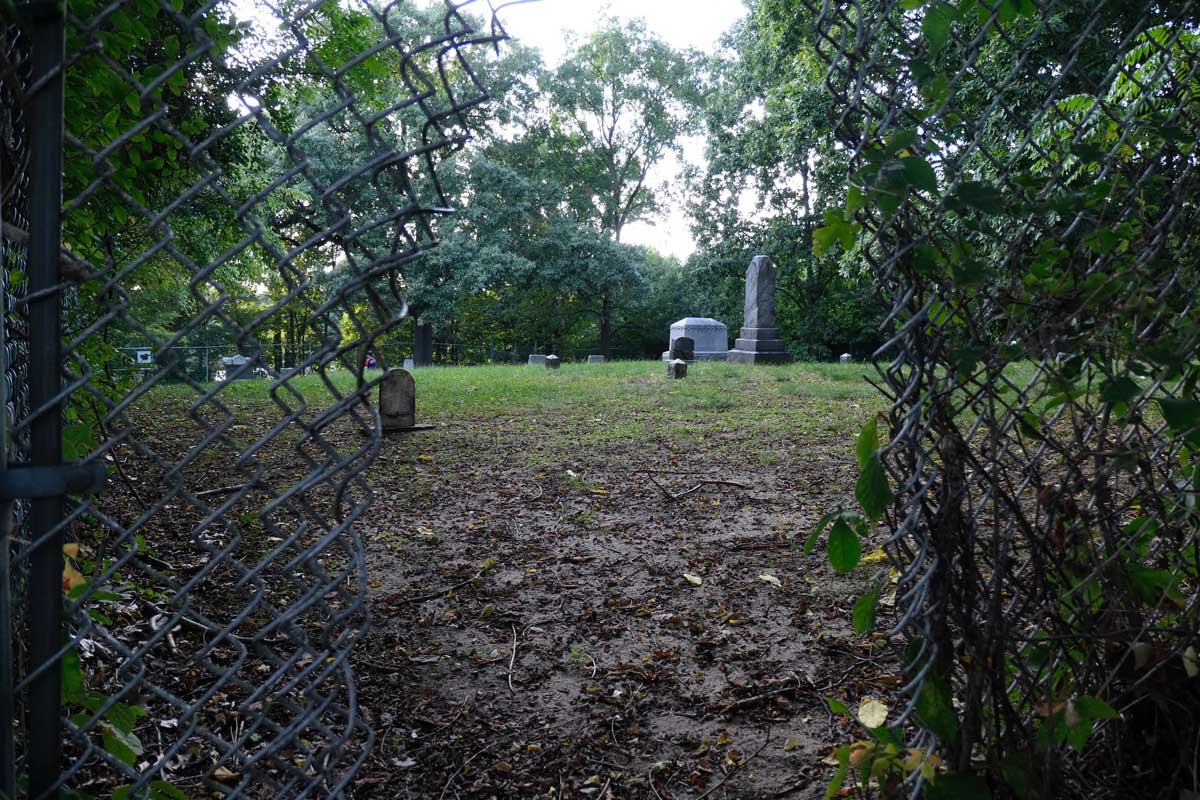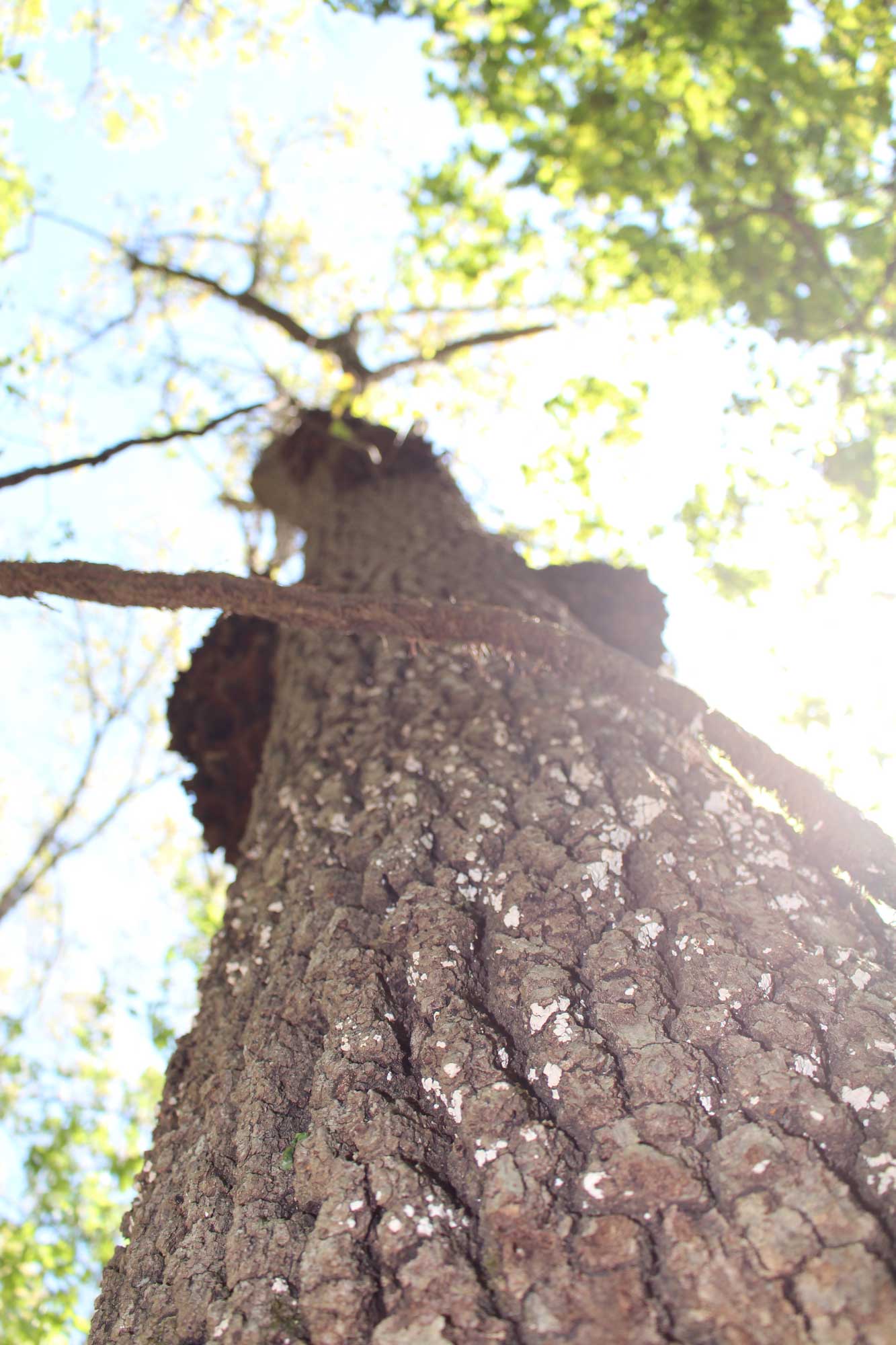Elijah Lovejoy
Lovejoy State Memorial
Alton, IL
By Evan Allen Wood
Elijah Parish Lovejoy was shot by members of a mob and succumbed to his wounds on the evening of November 7, 1837, in Alton, Illinois. Decades later, the community erected a 110-foot-tall monument honoring him. The monument has a central granite column with a winged statue of Victory cast in bronze on top. Looking at the monument from the eponymous Monument Ave. it appears neatly framed by the stone retaining wall and staircase leading into the cemetery. Beside it are two smaller columns with a curved whispering wall wrapping around behind.
Lovejoy had been publishing The Alton Observer, an anti-slavery newspaper, for the better part of three years, and on the day he died a mob formed—not for the first time—intent on destroying the Presbyterian minister’s press. Lovejoy’s editorials were written in a straightforward voice, and he often invoked his Christian faith. In a characteristic example from September 8, 1837, he wrote: “It is the duty of us all to unite our hearty and zealous efforts to effect the speedy and entire emancipation of that portion of our fellow-men in bondage.” Although his friends rallied to his side, an exchange of gunfire left the 34-year-old editor dead. Nobody was prosecuted in the weeks that followed, and Lovejoy’s body had to be buried in a secret location lest the citizens who’d participated in his killing decide to press their harassment beyond the grave.
It’s hard to look past the irony of a community tacitly allowing a mob to kill one of its citizens then several decades later erecting a grand monument heralding the same man as a defender of the free press and superior moral convictions. The cynical view might hold that the monument constitutes an attempt for the river town to paper over the reality of its past. But allowing Lovejoy to rest in an anonymous grave is an even less preferable course. It would not be unreasonable to ask how a community could best practice restorative justice for a killing that was, by that time, sixty years gone.
Abolitionist organizing wasn’t a safe proposition anywhere in the United States in the 1830s. Mobs tarred and feathered or otherwise chased away abolitionist speakers, editors, and groups from Nashville to New York. It’s fair to posit that the consequences tended to be more dire in states where slavery was legal like Missouri, but abolition, which entailed immediate emancipation of all people kept as slaves (as opposed to gradualism which called for a slower end to the practice), was still a fringe view among anti-slavery advocates in the US at this point.
Elijah Lovejoy knew he was risking his life by continuing to publish his paper, originally called The St. Louis Observer. He moved upriver from St. Louis to Alton to avoid mob justice on the western banks of the Mississippi, where his paper’s offices had been raided and his press destroyed. Alton, despite being in a free state, was not a safe haven for Lovejoy. His press was again destroyed and tossed into the river after it had been shipped to its new home, and mobs would harass Lovejoy and his Observer multiple times before his death.
Each new instance of peril seemed only to strengthen Lovejoy’s resolve. He spoke out on his own behalf at community meetings and walked the streets, damn the consequences. That his life was in danger was something he often acknowledged in editorials and addresses, but he was unwilling to abandon his cause. In his final recorded remarks, apparently from a public meeting of Alton citizens, he remarked that “if I die, I have determined to make my grave in Alton.” Lovejoy’s determination in the face of mortal danger was commendable; perhaps the monument is a fitting tribute.
But one can’t help but think of the thousands of lynching victims across the nation who gave no act of provocation at all, let alone publishing inflammatory editorials. As the National Lynching Memorial has demonstrated, these victims of racial violence are worthy of monuments, as grand as can be built.
Monuments can’t undo the pain caused by the deaths they commemorate any more than they can pardon the communities complicit in them. But a society with a clear sense of its own history is one that properly remembers its heroes and villains. A tour of public statues and monuments across the US at present reveals our ideas about our past are sometimes misguided if not outright delusional. During the time it was erected, Lovejoy’s monument would have stood in contrast to the statues of Confederate generals going up around the country as part of the burgeoning Lost Cause movement. Correcting the historical record in statues could be looked on as a comparatively low-cost act of civic maintenance as opposed to an activist victory, but it should be done all the same.
Lovejoy’s death accomplished more for the abolitionist movement than he could have dreamed of with his paper. The incident made headlines across the country and generated increased sympathy for the abolitionist cause. In an 1857 letter Abraham Lincoln described Lovejoy’s death as “the most important single event that ever happened in the new world.” The moral implications of that statement go beyond the scope of this essay, but it is true that his sacrifice advanced the cause of abolition. The monument at Alton tells us he gave everything he could for a cause that was urgent and just. Let’s hope it stands another hundred years.
Evan Allen Wood’s writing has appeared in The Riverfront Times, Backpacker, Feast, and elsewhere. He is an MFA candidate at the School of the Art Institute of Chicago where he writes short stories about people losing their minds and planting trees. Find him on Twitter at @HorseEagle9000.






